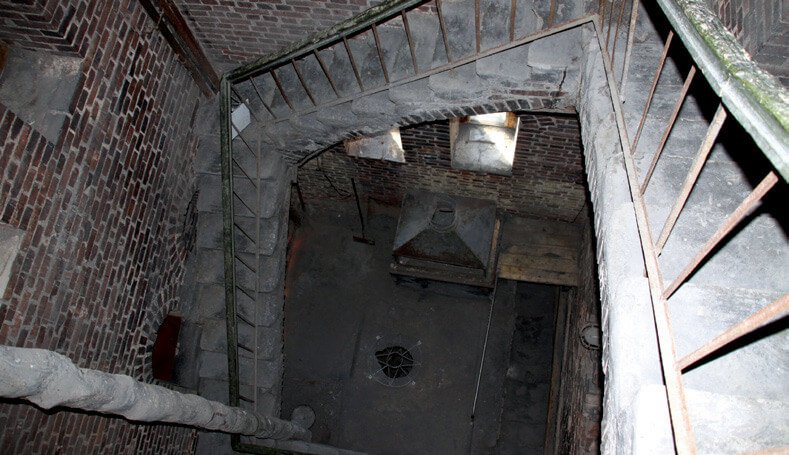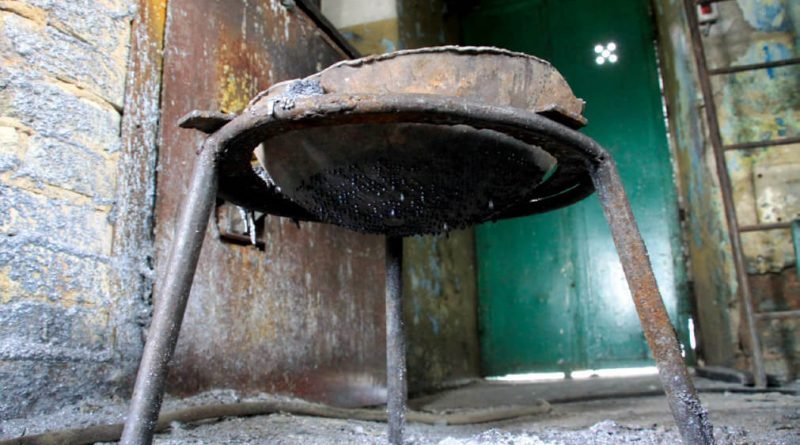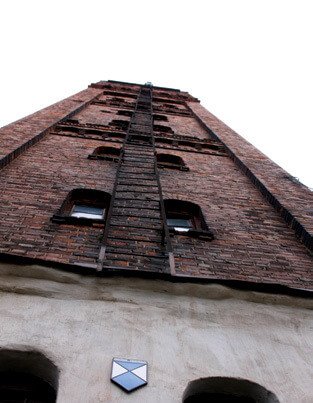Industrial treasure with a scent of melted lead
The L.Relsers’s factory in Dinaburga, first mentioned in L.Sabanejevs’s Hunter’s Calendar, was a large enterprise, which produced high-quality lead shots in the territory of Russia. In order to put this industrial object into a broader image of life in imperial Russia, it’s necessary to take social and economic circumstances into account.
1886 IN RUSSIAN EMPIRE
We can follow the character of the time looking what was established the same year in different parts of a giant empire.
Don State Public Library, the oldest library in Southern Russia, was founded. It shows the expansion of education, reaching out for remarkably wider society than ever before. Then, in the same 1886, Technical College, now Saint Petersburg Electrotechnical University “LETI”, is founded. It is one of the oldest Russian higher education institutions. So, significance and accessibility of education grows, importance of electrical engineering emerges.
While education, once prerogative of the privileged, goes more public, the Russian empire still firmly keeps the structure of social classes. Rich and noble build their residences surrounded by parks and enjoy high culture as they were used to. In 1886, the manor designed and established by Nikolai von Glehn rises in the lands of now-adays Estonia, Rajevsky’s Manor House was built in Pushkin, Saint Petersburg.
Saint Petersburg seems to be attractive city for education, aristocracy and ethnic minorities. Ha-Yom, the first daily Hebrew newspaper, was started there in 1886 and had a daily circulation of around 2,400. Jews must have found their way to live in the state, as they were discriminated and denied voting, serving in the Imperial Guard or Navy, their attendance in schools also was limited.
In Mykolaiv, in the territory of today’s Ukraine, 1886 marks the start of Ship repair plant. That was an independent company enterprise. In Dinaburga, city, which today is called Daugavpils, in 1886, the history of Daugavpils skrošu rūpnīca (The Daugavpils Shot Factory) started.
To sum up, authority struggles to catch up with the leading industrial nations, social differentiation exists despite the Great Reform, independent companies or entrepreneurs, often jews, rise as industry builders.
BACKWARDNESS BY ALL MEANS
While Russian state had struggled because of the lack of engineers for centuries, the end of 19th century finally there were enough professionally trained engineers. It means, industrialists could have employed local professionals to build their factories. Moreover, emerging new plants form a new – industrial working class.
The expansion of the railway network and growing integration with global markets led to increased regional specialization. There were substantial industrial growth in the north-central provinces. Although Russia was an expanding regional giant, it could not generate enough capital to support rapid industrial development or to compete with advanced countries on a commercial basis, writes Glenn E. Curtis in Russia. A Country Study.
DAUGAVPILS SHOT FACTORY
Since 1886, near many church towers in Daugavpils, the 28-meters-high tower of the Daugavpils Shot Factory have risen. As a visiting-card for the factory, at the same time it was being used for shot casting till nowadays. Daugavpils shot factory was a private enterprise. There is a document where the founder, L. Relsers, asks permit to build a factory. “There is no evidence that Relsers family was Jewish, but some of the old workers have said it, – say Lelde Ozoliņa, representative of the factory. – They came from Minsk region and historically there were many Jewish. Relsers family owned the factory for several decades until 1930s“. As a sociologist Max Weber suggested, business often provided outlets for the energies and enterprise of national and religious minorities who were blocked from rising through the state apparatus. For instance, Jews, according to Weber, thrived in economy not because of their culture, but due to institutional barrier.
It’s a pity that little is known about the very beginning of the factory: its founders, builders or workers, selling destinations. “We don’t have information who built the buildings and all machines. Basically this kind of shot towers were built all around the world, – says L.Ozoliņa. – As far as we know the production was sold in local market because it appeared in newspapers, but we don’t know if it was sold to other countries”.
Unfortunately, there are no facts about the workers, but most probably they were city inhabitants. In the second half of 19th century many liberated peasants went on to work in cities. “Daugavpils in 19th century was already quite large city. And the district near factory was very industrial, there were located several factories and manufacturing places, and also the railway was already there. At the beginning there worked only 4-6 people in the factory”, – said the representative.
Though it is not clear where the lead was supplied from in the first decades of manufacturing, railway must have been very useful for the enterprise, as lead is very heavy material and trains could have been the best mean of transportation.

TECHNOLOGICAL HERITAGE
Daugavpils Shot factory is a great site of industrial heritage. Not only for its exclusive architecture – remarkable red brick tower, which, by the way, replaced a coronets and weathervanes decorated wooden construction after a fire in 1911. The shot making technology is as old as this tower – it changed very little over the time. “Only the way how lead is melted is different now, – tells L.Ozolina. – Of course, at the beginning it was melted by burning wood. Then wood was changed to diesel, and nowadays electric kettles are used”.
Also throughout the time new products appeared. For example, in the decades of USSR, factory produced metal fences. Since 1990s there is hunting and sport ammunition produced. But basic shot making technology is the same as it was 133 years ago: shots are cast at the top of the tower, where at first the melted material is let flow in narrow spurts through a riddle which is adjusted to the size of each shot. Falling down, the material separates in the required pellet form. A fall from the height of 28 meters is not enough, therefore, there is a deepening of 20 meters inside the tower, i.e. a well with a lift that sifts the finished shots and sends them to the sorting according to calibers.
Talking about innovations and achievements, specialists of the company have developed a unique bullet stabilizer, which ensures a gradual rise of pressure and improves the speed of a bullet. A bullet with polymer coating for preventing barrel residue is also a new product. Moreover, a perfect balance of ammunition cartridge is achieved.
Now 9 types of bullets for smoothbore weapons as well as bullets for pneumatic weapons, buckshots and shots are produced in the Daugavpils Shot Factory. A great deal of the production is exported to Germany. Furthermore, production is popular among hunters in Latvia and its neighbouring countries – Russia, Belarus, Ukraine, Lithuania, Estonia.
Lina SVALDENIENĖ





